What are the early signs of a Blocked Drain in SALFORD?
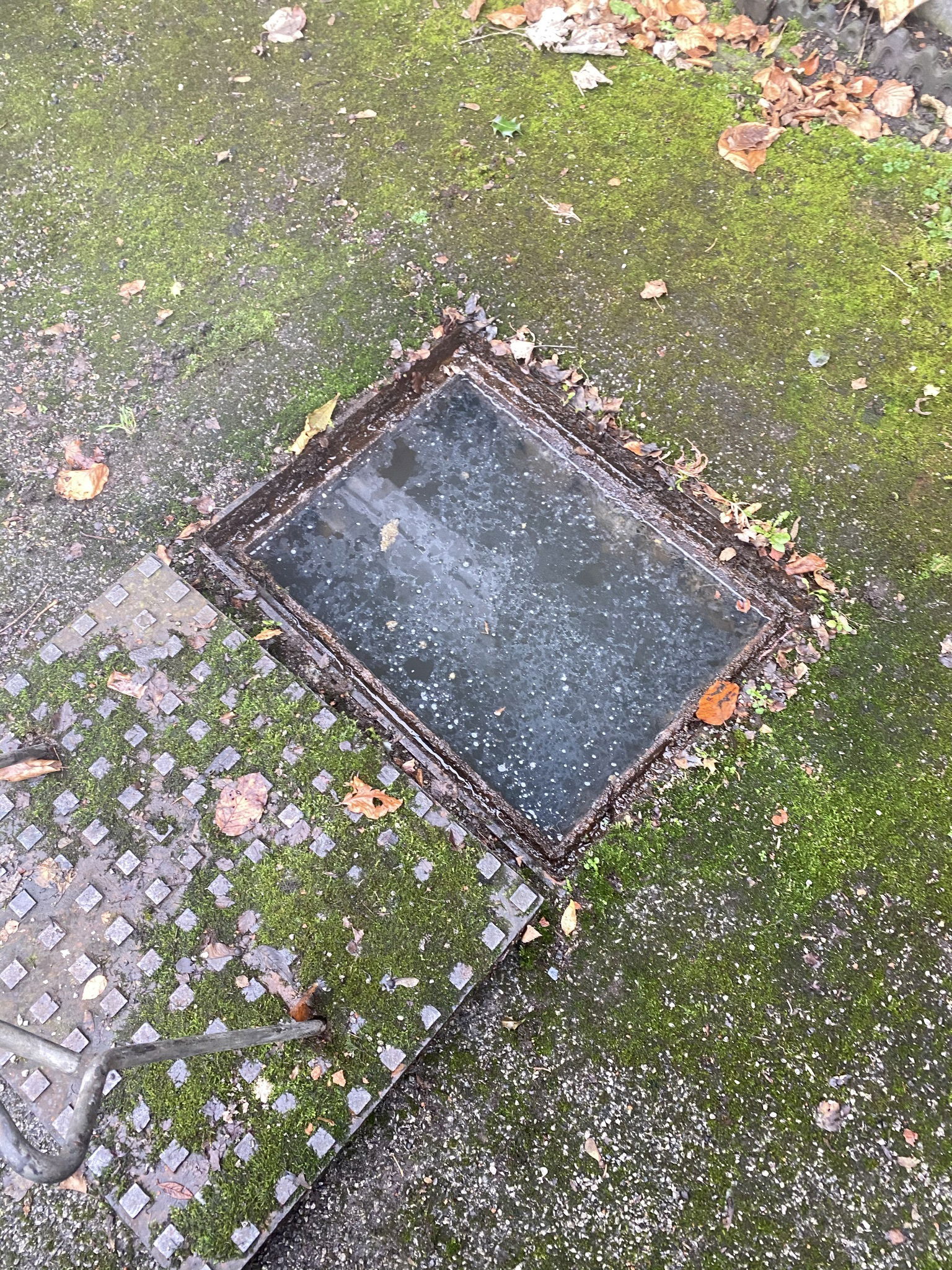
It can take a while for a blockage to build up, but once a problem has started, it will be obvious very quickly.
By being aware of the signs and symptoms of a blocked drain, you’ll be able to take action quickly and put the problem right as soon as possible.
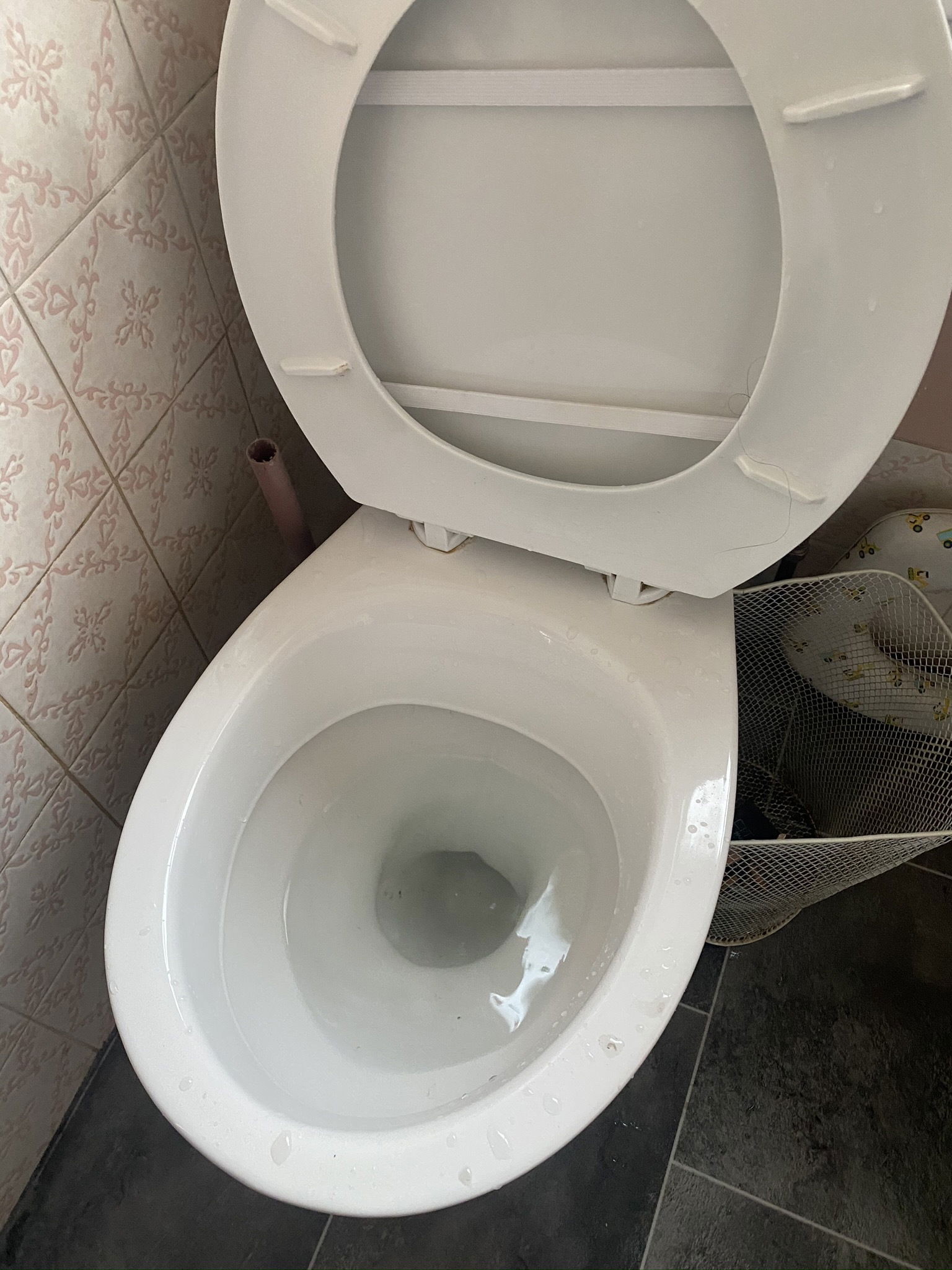
What to look for when you think you have a blocked drain
One of the most obvious signs that a drain is blocked is if your toilet, shower, bath or sinks are draining slowly. If a blockage is particularly bad, water may not drain away at all.
If only one fixture is experiencing issues, then the blockage is probably localised to a pipe connected to that specific appliance; however, if all of them are backed up, then the blockage is most likely to be in the sewer drain.
The toilet can be helpful in revealing the extent of the problem – if flushing the toilet causes water to rise in the shower, or running taps causes the water in the toilet to rise, then the issue is definitely a blocked drain.
This also applies if any water-based appliances are causing water to appear elsewhere when used, so don’t forget to check external drains and manhole covers on your property for signs of rising water – though be sure to do so only from the outside, as entering manholes is highly dangerous due to the risk of hazardous gases and bacteria.
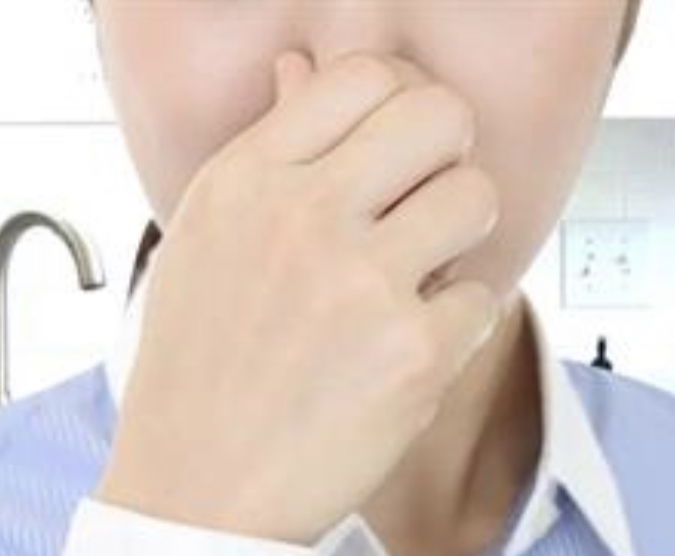
Bad Smells are common signs of a blocked drain
Foul smells are a dead giveaway for a blockage, and can be one of the most obvious indicators of an underlying problem – if something has blocked the drain and begun to rot, you will certainly know about it.
The bad smell may well arise before any visual symptoms emerge, so it’s vital not to ignore any unusual odours in the home that can’t be readily identified.
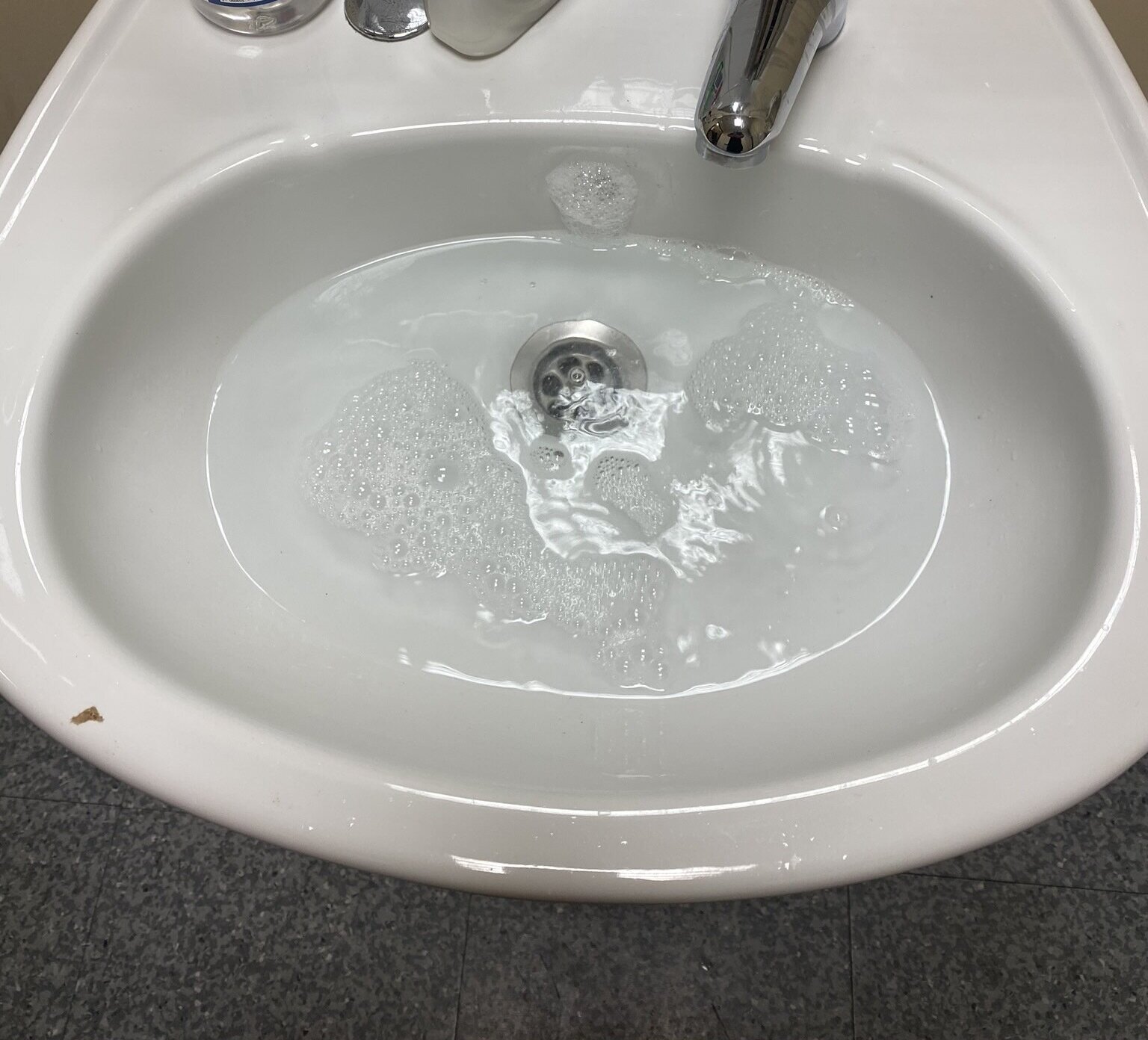
Gurgling sounds are a tell tale sign of a blocked drain
If your pipes and fixtures sound different than usual, it could be an indication of a blockage. Gurgling noises from drains, plug holes, toilet flushes and pipes are early warning signs – these sounds are created when air trapped in the pipes by the blockage is displaced and pushed up through the system.
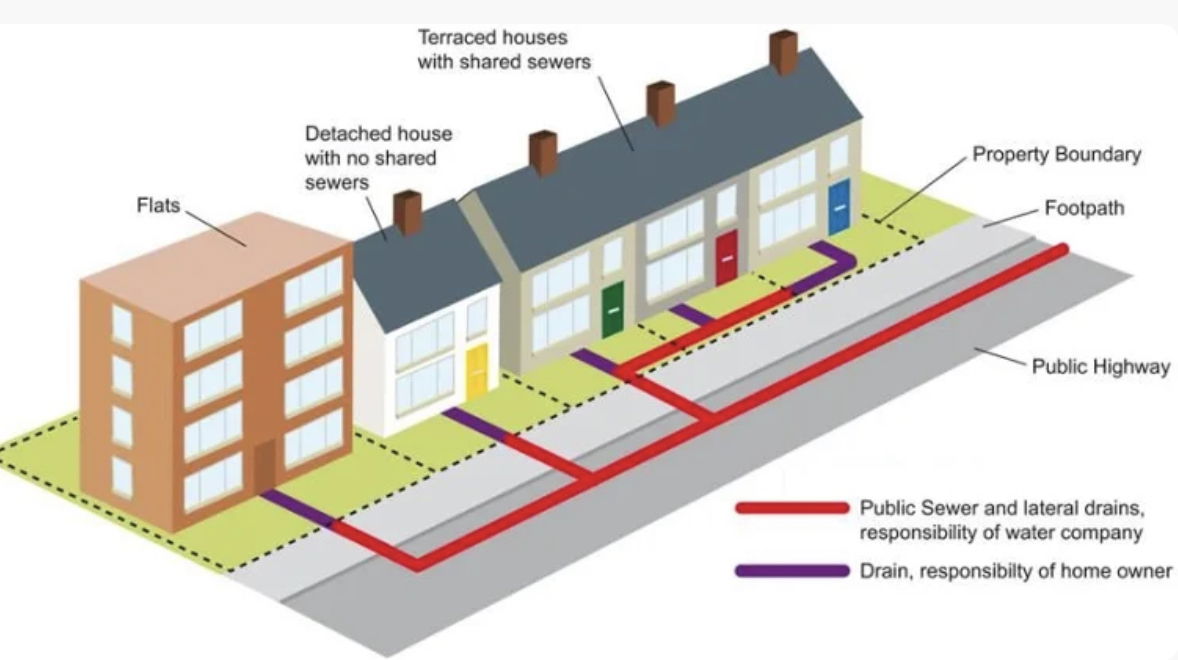
What to do if you have a blocked drain?
Any one of the symptoms listed above is a cause for concern even on their own, but if you’re noticing two – or even all three – then it’s time to tackle the issue head-on.
The first thing to do is determine whose responsibility it is to deal with the problem. As a rule, you’re only responsible for the parts of the system that sit within your home’s boundaries, and are used solely by your house. If a blockage is situated within your property’s system, then it’s yours to deal with; however, if only part of the system is within your home’s boundaries and other parts are shared with neighbouring properties, then the local water and sewage company are responsible.
With this in mind, your next step should become clear. If the blockage is located somewhere off-site, then it’s simply a matter of reporting it to the relevant utilities company and waiting for them to fix it; on the other hand, if you carefully check under your own drain cover and find evidence that the problem is within your boundary, then you should take action directly.

Why Choose QUICK DRAINS to solve your Blocked Drain Problem?
Fast Response 24/7 - Someone will always answer the phone, so whatever your drain emergency, our local drainage engineers can come to your rescue.
Guaranteed Work - We are pleased to offer all of our customers a one month guarantee on drainage work when we have cleared their blocked drains
Competitive Prices - Quick Drains aim to give the best value for money price for clearing blocked drains, with fixed prices offered wherever possible.
Free Expert Advice - Not sure where to start? Call our friendly office and a drain engineer will advise you on the best way to tackle your blocked drains.
Big Jobs, Little Jobs - Whether you have a blocked drain in the garden of your terraced house or need a drain survey for a retail park or industrial estate, we can help.
Checkatrade & Trustatrader approvedWe are proud to be members of checkatrade and Trustatrader. We ask all of our customers to leave reviews of our work when we clear blocked drains.
To let QUICK DRAINS take care of your drainage issues please call 07486878899 or email info@quickdrains.co.uk